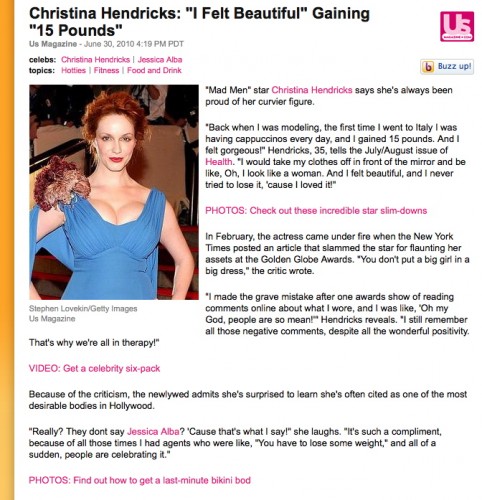Kasia G. and Tom M. sent in this remarkable product designed to smooth out… wait for it… camel toe.
That’s right, women. Listen up. We want you to wear clothes so tight that we can see every bump and crevice on your body, but see… we don’t want you to actually have bodies. Can you work on that for us, please?
 (source)
(source)
 (source)
(source)
Lisa Wade, PhD is an Associate Professor at Tulane University. She is the author of American Hookup, a book about college sexual culture; a textbook about gender; and a forthcoming introductory text: Terrible Magnificent Sociology. You can follow her on Twitter and Instagram.











